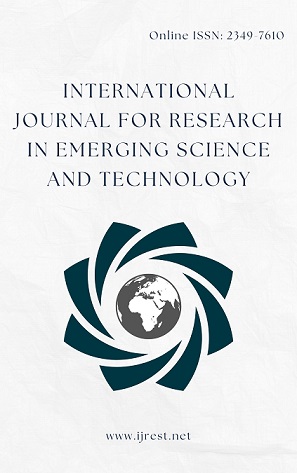Application Of Graphene Oxide Modified with 8- Hydroxyquinoline for Adsorption of Copper from Leachate
Abstract
In this paper, the study aims to find out the adsorption capacity of copper from leachate by adsorption process using Graphene oxide and 8-hydroxyquinoline in Moshi kachra depot, Pune. Copper is one of the most toxic heavy metals usually found in the environment. In leachate concentration of copper exceeding limit that is discharging limit in natural streams is 3mg/lit by the guidelines limit for wastewater effluent set by the National Environmental standard and Regulation Enforcement Agency. The adsorbent material will be characterized by FTIR, XRD, and XPS. The adsorption isotherms and kinetics of copper (Cu) onto adsorbent and the effect of temperature and pH on the removal efficiency will be thoroughly analyzed. Also breakthrough The maximum adsorption capacity will be 85-95 percent mg/lit. Therefore, these materials can be used as effective adsorbents for Cu-containing wastewater.
Downloads
Published
How to Cite
Issue
Section
License
Copyright (c) 2024 Yogita Dahatonde , Sachin Mane

This work is licensed under a Creative Commons Attribution 4.0 International License.



